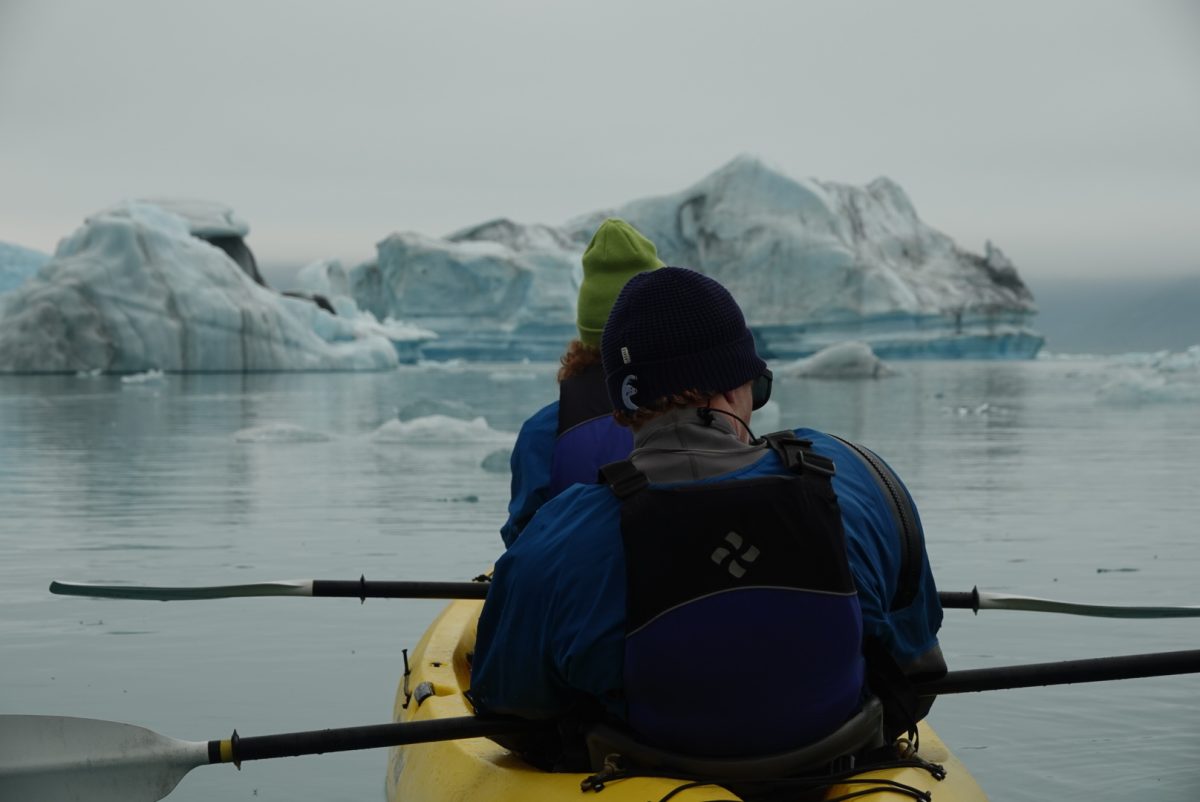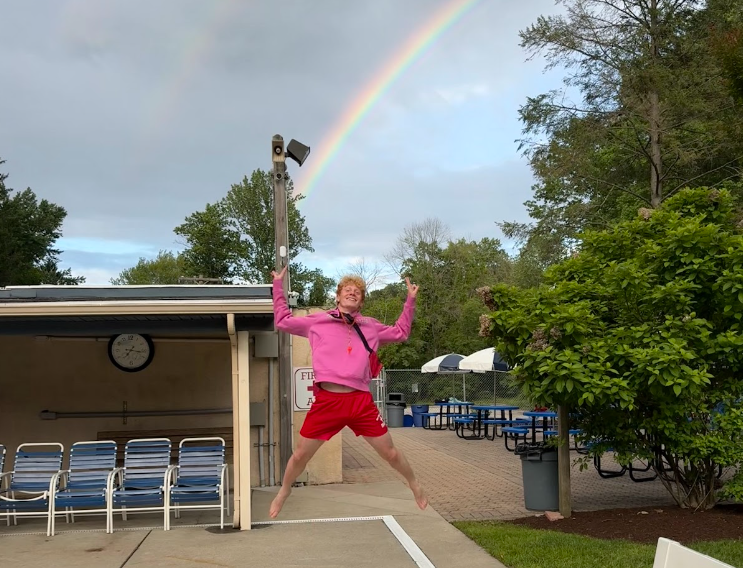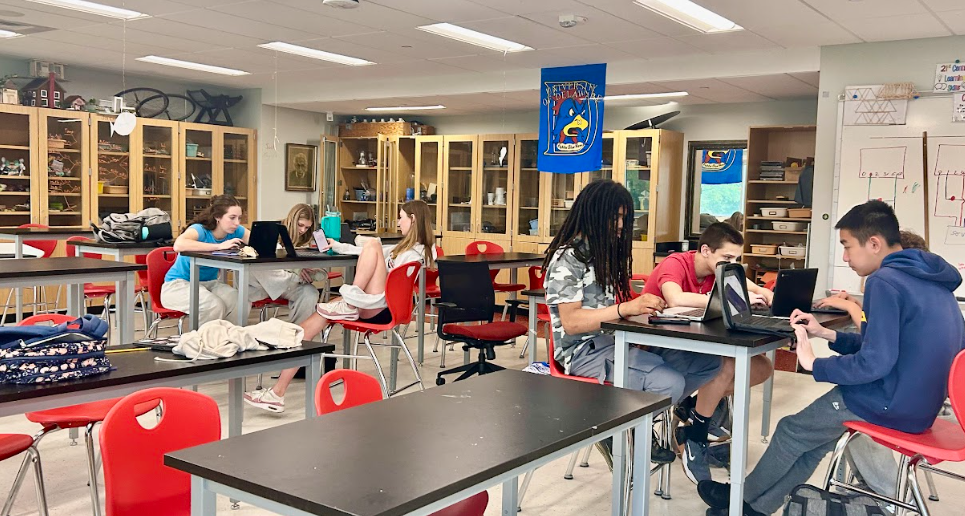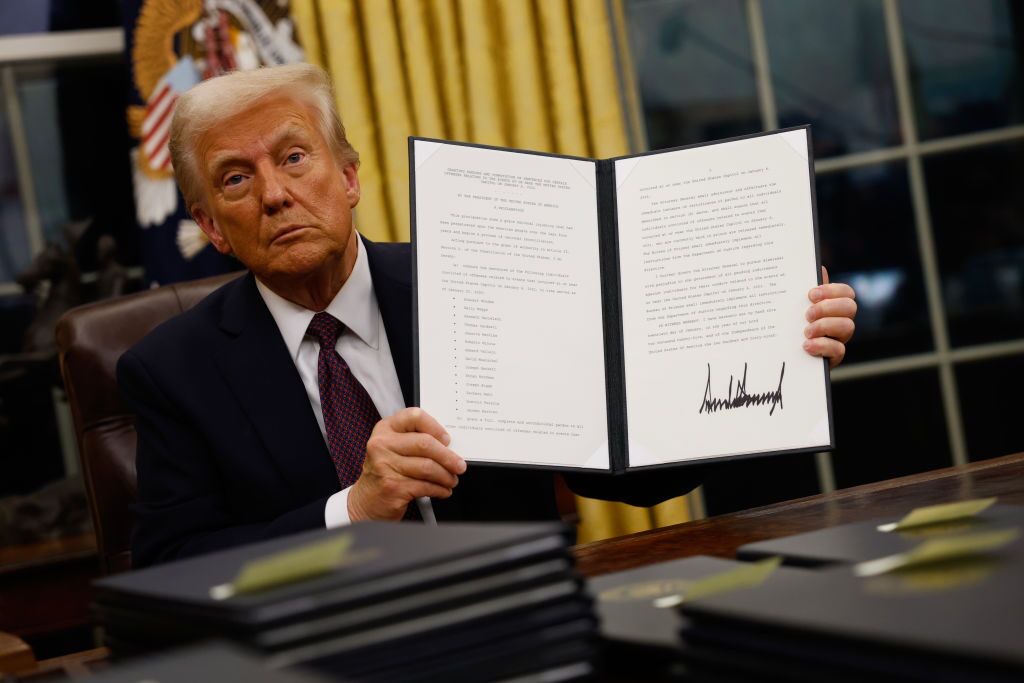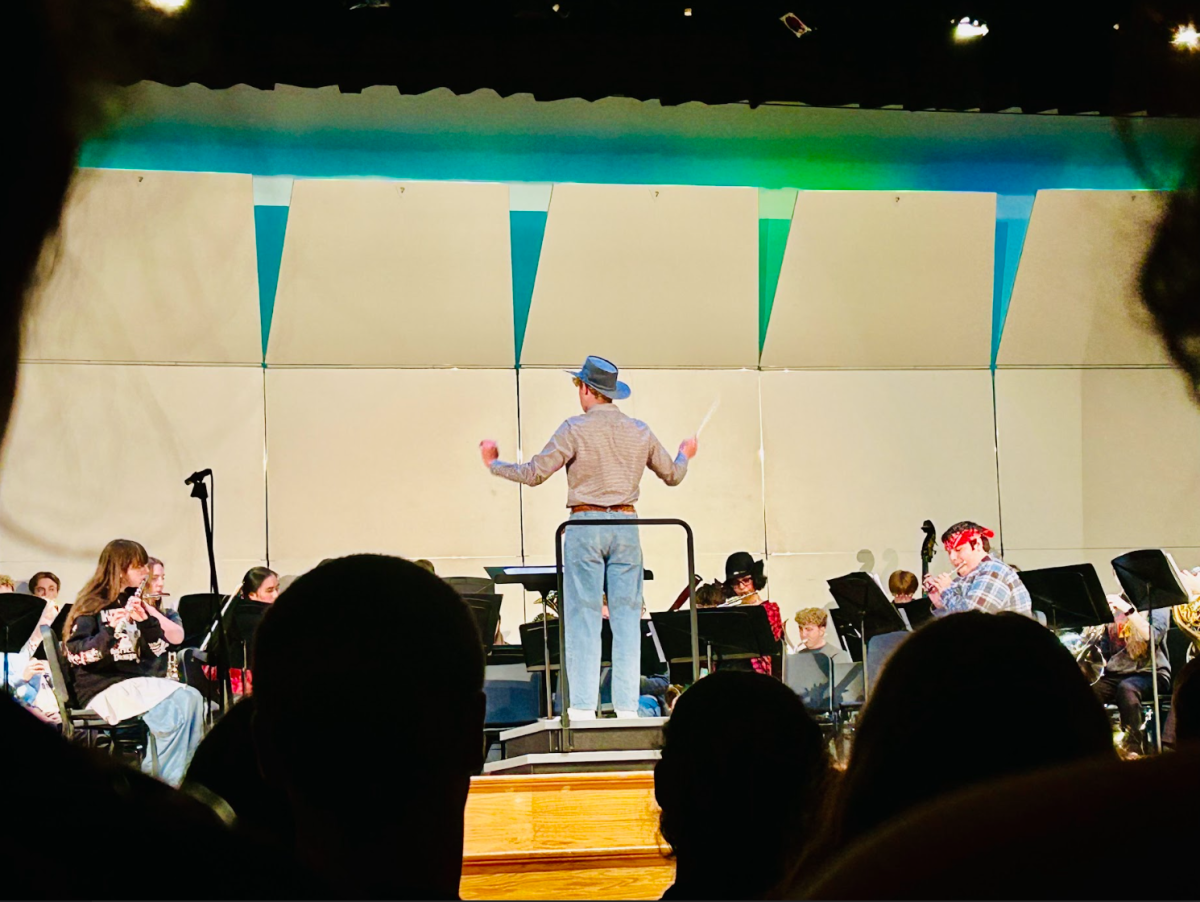There is nothing more American than the National Park System: 63 plots of federally-protected land designated for ecosystem preservation and stunning natural scenery. The parks’ main draw is the notable lack of human development. However, in recent years, certain national parks have become overcrowded and unable to handle large crowds. What has caused parks to hit record visitor numbers in the past decade? And are the measures the National Parks Service (NPS) is taking to limit guests too extreme?
Two phenomena have driven this outdoors craze. The removal of domestic travel restrictions during the early stages of the COVID-19 pandemic pushed people outside to America’s most famous outdoor attractions. The Department of the Interior reports that visitation numbers in 2021 and 2022 were comparable to or even higher than pre-COVID levels. Along with an increase in visitation, certain parks have lost their off-seasons, with visitation numbers fluctuating only slightly during the shoulder seasons. The rise in visitors has been felt nationwide, especially in the top 25 most popular parks, including Yellowstone, Yosemite, and Rocky Mountain.
In addition to the pandemic’s impact, the rise of social media and geotagging has contributed to increased visitation. Geotagging refers to the practice of adding geographical identification to online posts, which directs others to the same location. A statistical report conducted by microeconomist Casey Wichman found that parks with greater social media exposure saw a 16-22% increase in visitation compared to other parks that received less attention.
Although visitation has decreased since 2022, the threat of overcrowding remains very real. Traffic congestion has limited mobility and increased human-wildlife interaction. In Acadia National Park, congestion on Park Loop Road has caused visitor conflicts, gridlock, and delayed emergency response times. Hypervisitation can also damage hiking trails and natural environments. Reports from the National Parks Conservation Association detail the deterioration of high alpine terrain due to congestion on Rocky Mountain National Park’s trails. Additionally, the influx of hikers has displaced local moose and elk populations from their natural habitats. Parks like Arches and Canyonlands have also experienced vandalism of indigenous inscriptions and other cultural landmarks. For those seeking an escape from conventional life, the sight of large crowds and the presence of impractical hikers can detract from the experience.
The National Park Service has noticed these issues and implemented comprehensive measures to ensure the longevity of both ecosystem and human services. Many parks now restrict personal vehicle access to certain areas, opting instead for shuttle services. Officials within the NPS recognize that increasing parking spaces for visitors often encroaches on the environments they aim to protect. Shuttle services, introduced at Zion National Park in 2000, have reduced gridlock and parking competition while allowing the park to increase visitor numbers. Timed reservations have also helped alleviate overcrowding. Certain activities, such as overnight camping in Zion’s Narrows, or viewing the sunrise from the highest peak of Hawaii’s Haleakala National Park, now require special permits. In Rocky Mountain National Park, a timed entry service has resulted in less crowded trails.
The spotlight on these new policies have not always been positive. Locals living near national parks feel that the new restrictions on what was once their backyard have ruined the experiences of living in close proximity to the parks.There is also debate about whether the NPS’s restrictions have caused actual declines in visitation to surrounding areas. High demand to see the scenery of the national parks has seen overflow into surrounding national lands and state parks that lack the infrastructure to support larger crowds. Local residents have also been pushed out as hotels, AirBnBs, and expensive home developments for tourists raise property taxes. Furthermore, many national parks exist on ceremonial lands previously owned by indigenous peoples. Despite the NPS’s attempts to honor and recognize the history of the lands, some indigenous groups have petitioned for the lands within national park boundaries to be returned to the hands of the peoples that lay ancestral claims.
The inherent issue with the national parks is their portrayal as an embodiment of American ideals. The NPS needs to gain respect from visitors who view the outdoors less as a conservation zone and more as a playground. Through their branding, the national parks are seen as accessible and open to all, but many locales require long hikes, overnight camping, and outdoor knowledge. The NPS needs to ensure that its visitors are well-equipped for the trails, while advertising itself as a system of recreation and conservation. By doing so, they ensure the safety of visitors and wildlife. Park officials can create permits for specific trails, or limit access to certain areas due to season or weather conditions. This can prevent overcrowding on trails, reducing stresses to the environment and wildlife. Most importantly, the NPS needs to advertise the importance of conservation. Advertisement campaigns, brochures, and penalty fines can be effective measures to prevent destruction of fragile ecosystems.
The National Park System was established with the principle of preserving natural landscapes and ecosystems to inspire future generations to continue their protection. Visiting national parks without the proper research, equipment, and dedication to conservation undermines this mission. National parks should not simply be seen as scenic photo ops or quick stops. As Senior Jayling Goolsby said, “I remember being at Yellowstone and feeling disappointed to be surrounded by so many people just there to stop for a second, take a quick photo, and leave. It was like nature was there for the photo and not really being fully appreciated. I remember trying to see [Old Faithful] and realizing there were just so many people around it, so [seeing the geyser burst] wasn’t going to be pleasant at all. I feel like the national park lost a bit of its purpose.”
National parks preserve the natural beauty of the United States and are often a unifying force. If the future of these parks is jeopardized by overcrowding, it is not the full responsibility of the NPS to accommodate the influx of guests. The restrictions put in place by the NPS are simply tools to help manage crowds and protect the parks. Visitors, in turn, must take time to research trails, reserve their visits, and adhere to park rules of conservation and preservation.
Adventure does not just exist within the far reaches of the United States. Many states have well developed state park services that offer similar experiences to those found in national parks. When planning the next outdoor excursion, it is important to consider all aspects of the region, including supporting local and indigenous-owned businesses, complying with regulations for fire safety, and considering trail attributes and accessibility. The spirit of America’s national parks is not confined to federal lands—it also thrives within the 6,792 designated recreational state parks around the United States.



